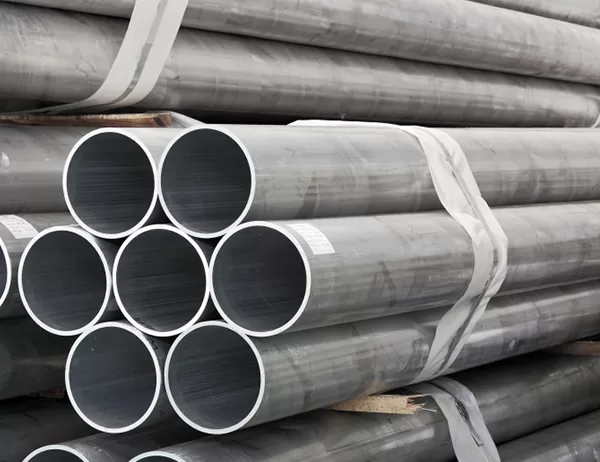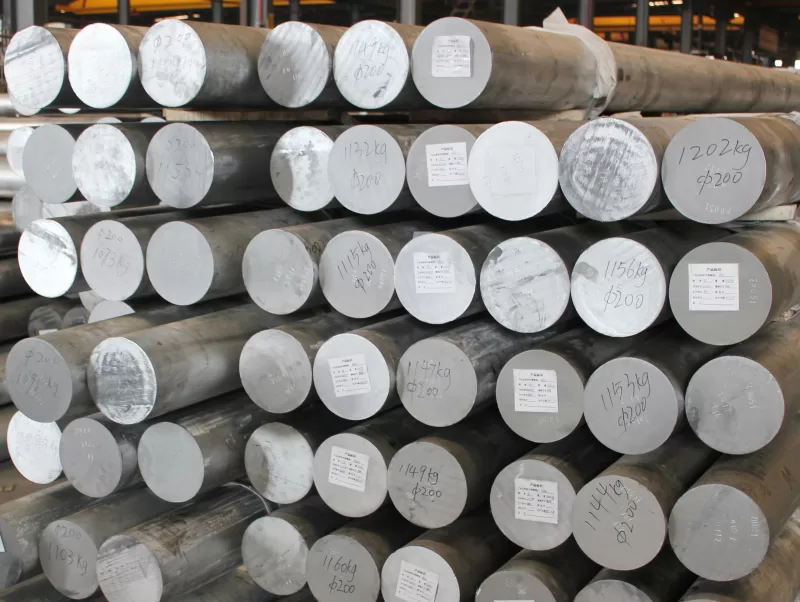Introduction
Aluminum track profiles are versatile components used in various industries, from construction and engineering to manufacturing and transportation. They offer a combination of strength, lightweight, and durability, making them ideal for a wide range of applications. In this article, we will delve into the different types of aluminum track profiles and explore their specific uses.
Types of Aluminum Track Profiles
T-Slots
T-slots are characterized by their T-shaped cross-section. They are commonly used in modular framing systems, such as those found in robotics, automation, and trade show displays. T-slots allow for easy attachment of components and accessories, enabling the creation of customized and flexible structures.
C-Channels
C-channels have a C-shaped cross-section. They are often used for structural support in applications where strength is required. C-channels can be used as framing members in buildings, bridges, and other heavy-duty structures. They can also serve as guide rails in conveyor systems and industrial machinery.
U-Channels
U-channels have a U-shaped cross-section. They are used for various purposes, including edging, trim, and cladding. U-channels can be found in construction, furniture, and transportation industries. They offer a neat and finished appearance while providing protection and reinforcement.
H-Beams
H-beams are characterized by their H-shaped cross-section. They are known for their exceptional strength and are commonly used in construction and engineering. H-beams are employed as structural members in buildings, bridges, cranes, and offshore platforms.
Round Tubes
Round tubes offer versatility and are found in various applications. They can be used for piping, furniture, railings, and lighting fixtures. Round tubes provide smooth surfaces and are aesthetically pleasing.
Uses of Aluminum Track Profiles
Construction
Aluminum track profiles are extensively used in construction for framing, support, and cladding. Their lightweight and durability make them ideal for buildings, bridges, and other structures.
Engineering
In engineering applications, aluminum track profiles serve as components in machinery, automation systems, and robotics. They provide precision and stability in demanding environments.
Manufacturing
Aluminum track profiles are utilized in manufacturing for conveyor systems, assembly lines, and workbenches. They facilitate efficient production processes and improve safety.
Transportation
In the transportation industry, aluminum track profiles are used in aircraft, trains, and automobiles. They contribute to structural integrity, weight reduction, and noise damping.
Aluminum track profiles offer a wide range of possibilities, thanks to their versatile designs and properties. From T-slots for modular framing to H-beams for heavy-duty structures, they play a crucial role in various industries. Understanding the different types of aluminum track profiles and their uses empowers engineers, designers, and professionals to make informed choices for their projects.




